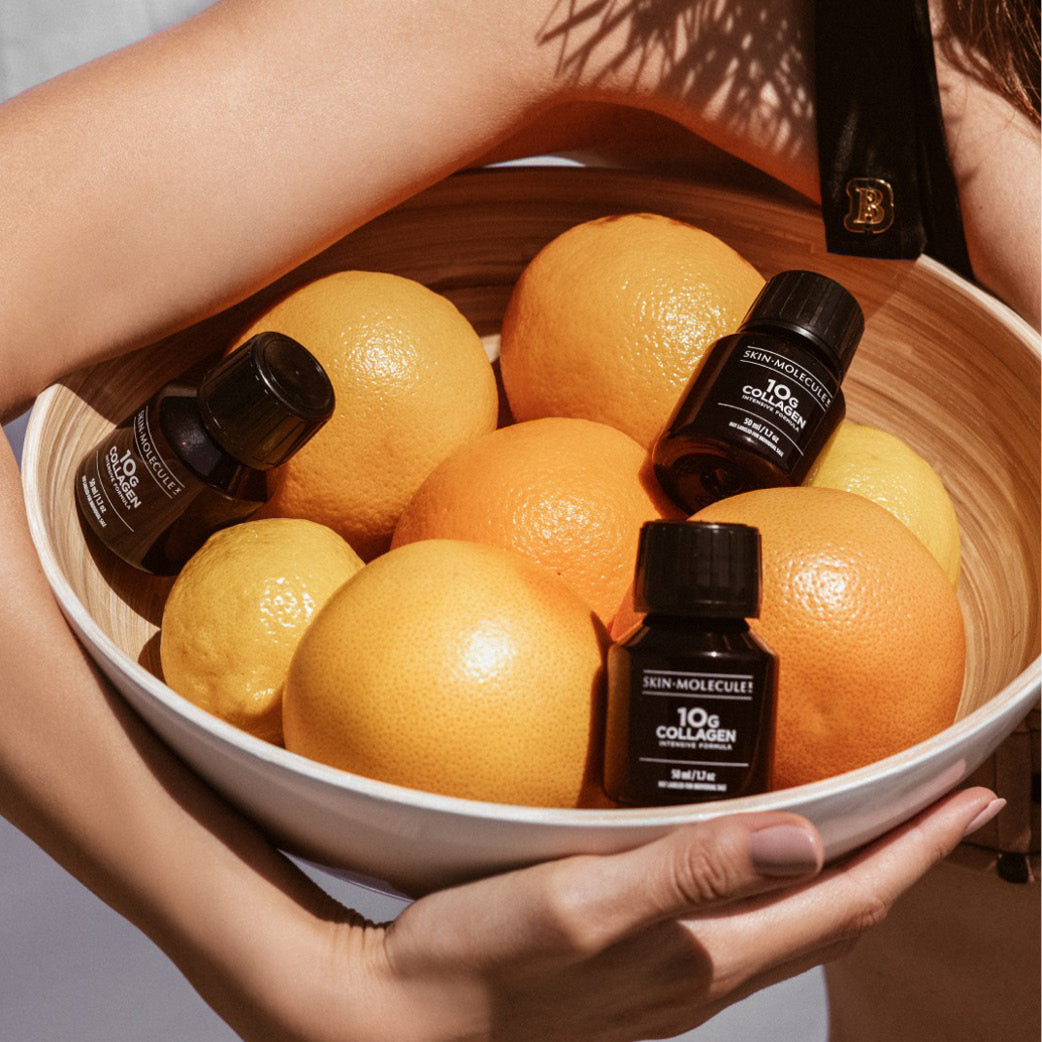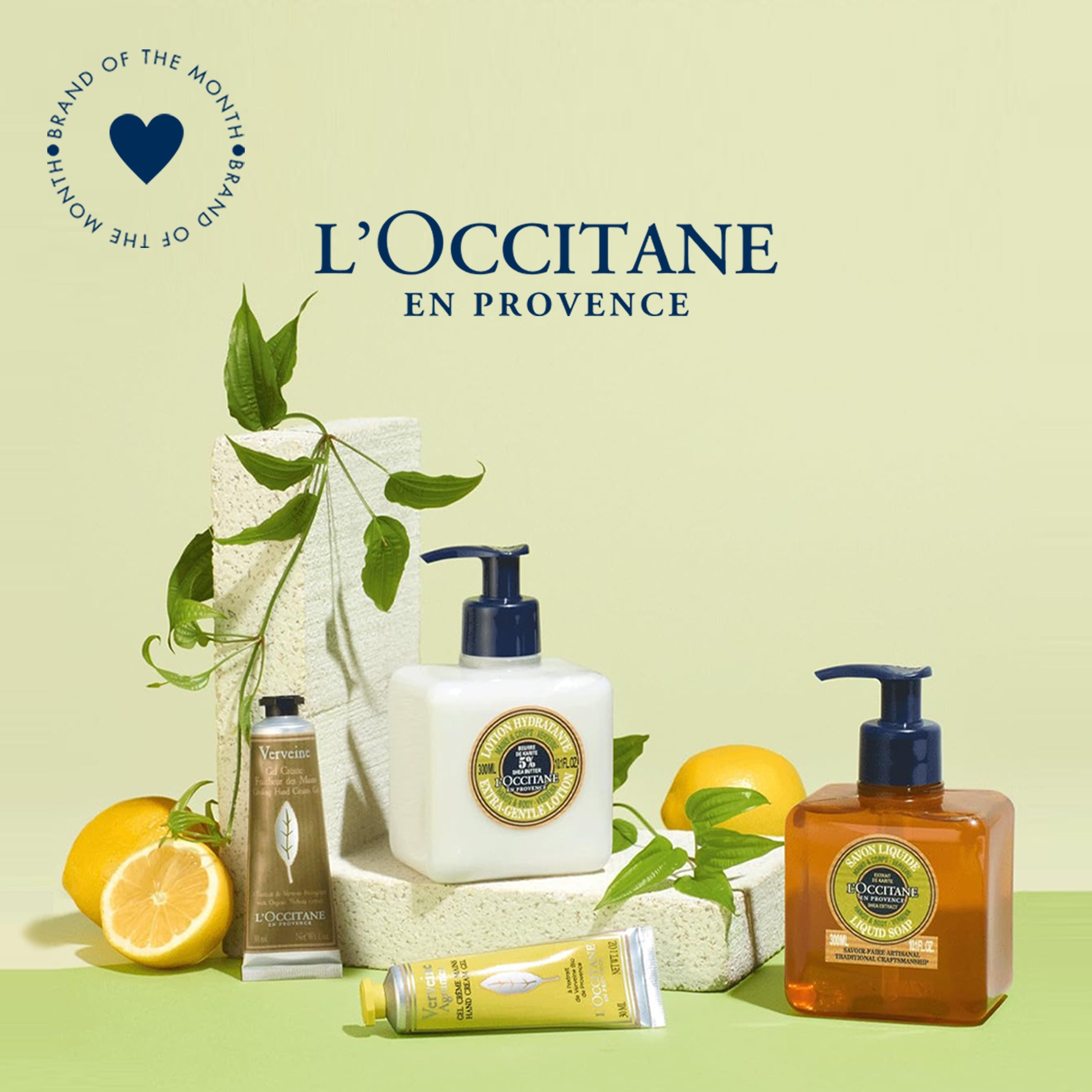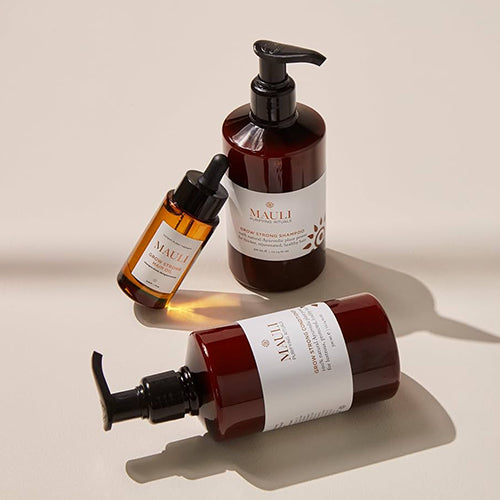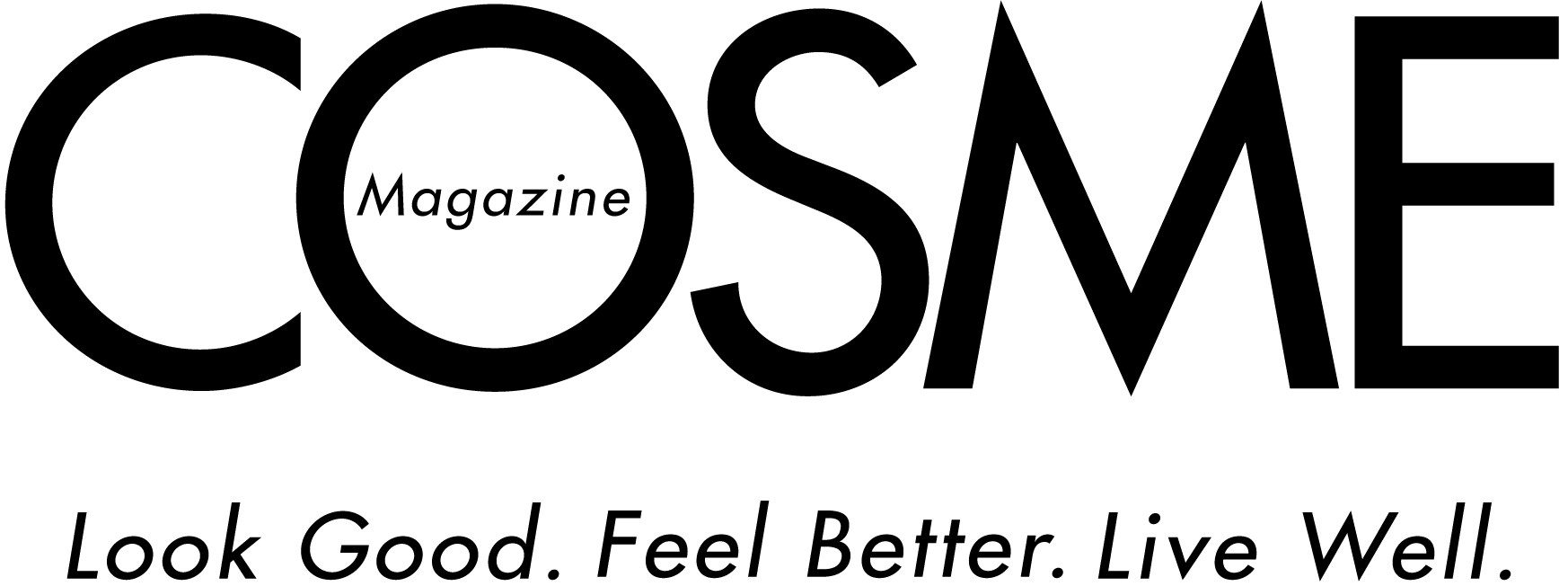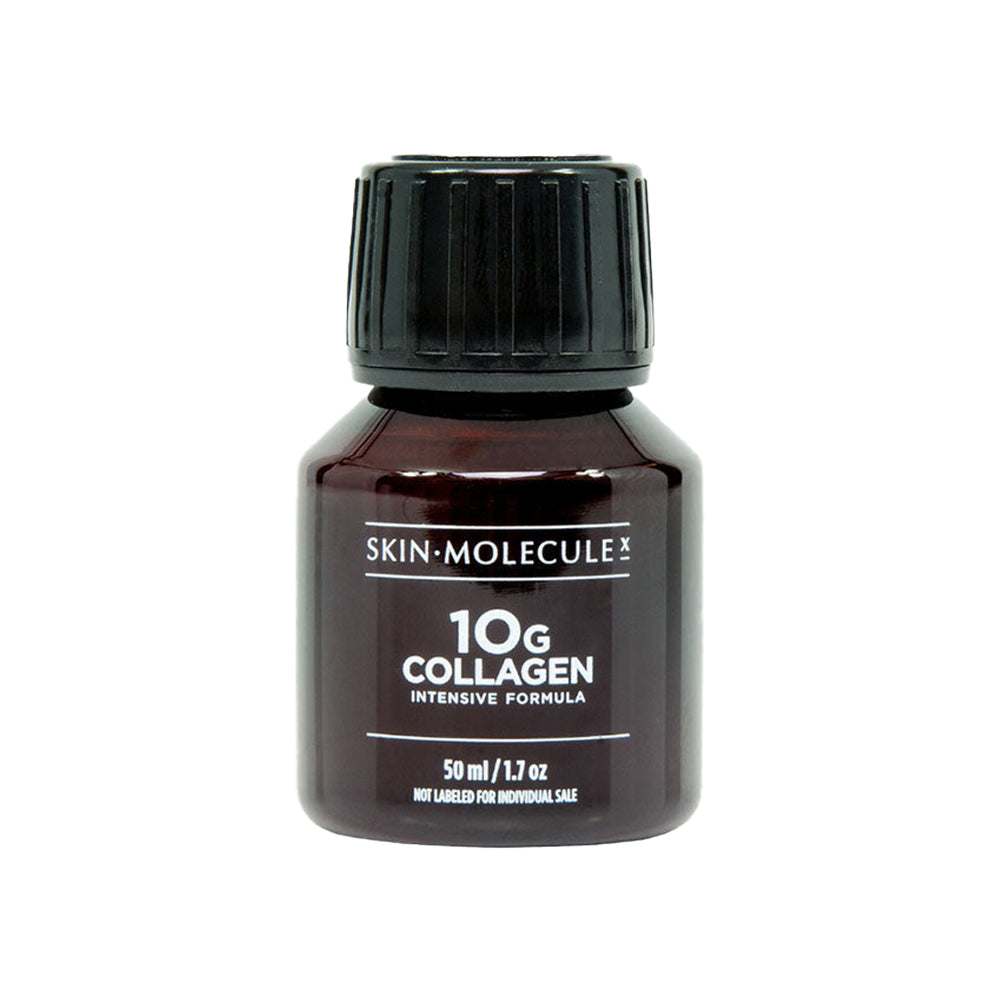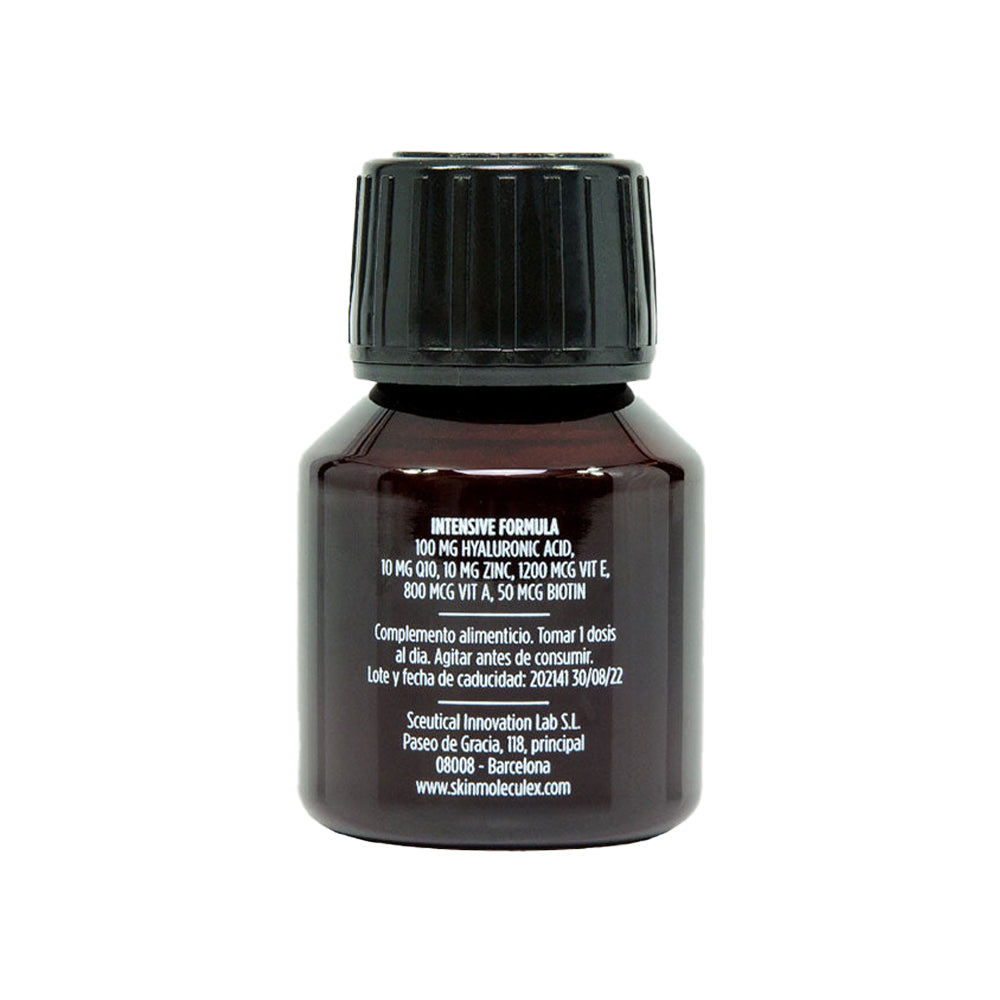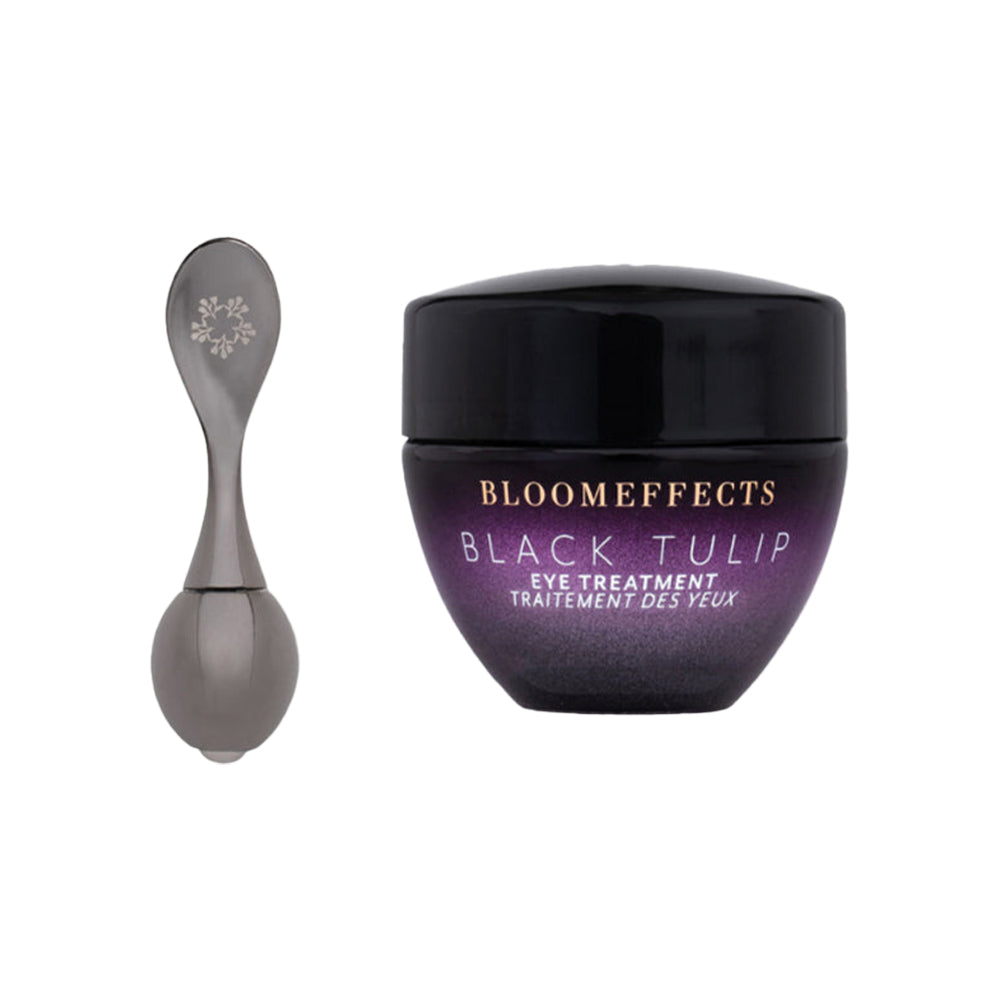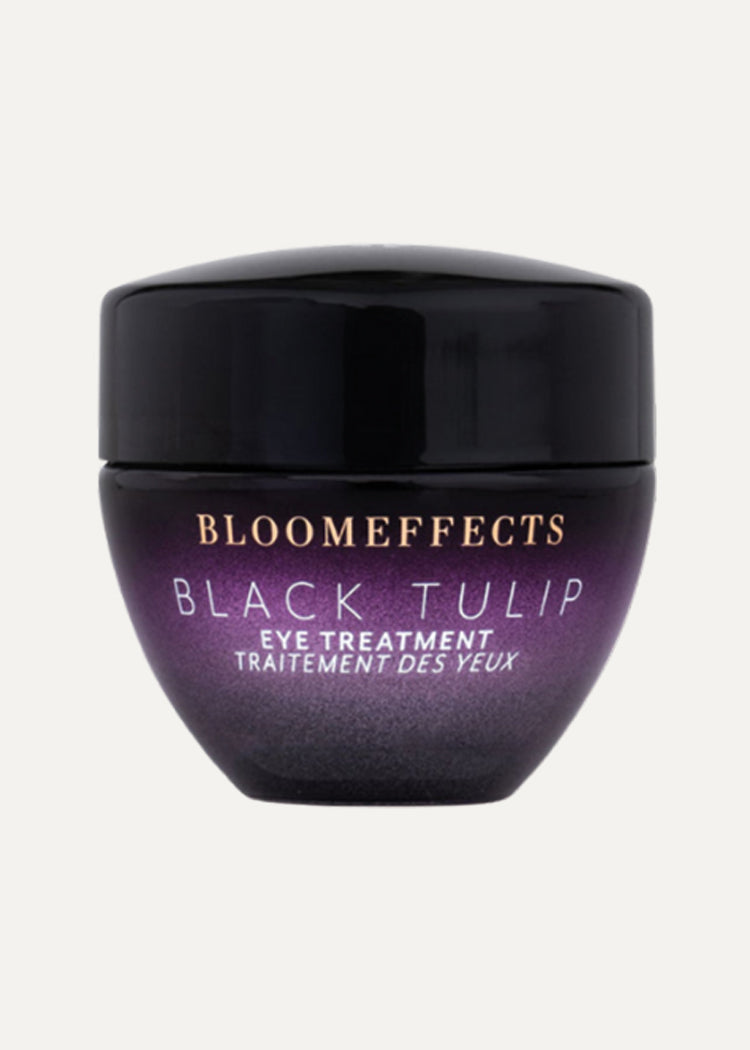You’ve seen every celebrity worth knowing sporting the circular purple bruises on their back and shoulders like a badge of honor, from Olympic athletes to Dwayne ‘The Rock’ Johnson, Anthony Joshua to Justin Beiber, but is cupping therapy all it’s cracked up to be?
As we all look to more alternative medicines to feel better after a worldwide pandemic, cupping therapy was one of the breakout stars of lockdown, but what are the benefits of cupping? Is it painful? And does it really work?
WHAT IS CUPPING THERAPY?
“Cupping is a healing method used in Traditional Chinese Medicine and folk medicine for thousands of years on record and even older. Cupping is done by removing air from inside a glass cup causing a vacuum and suction when placed on the skin surface. Cups used in cupping are round glass cups with a thick smooth lip or can be made from bamboo. The cups are referred to as báguàn or “pulling up jars”. Fire is used to remove the air from inside the cup to create the suction,” says Chinese Medicine Practitioner, Tsao-Lin Moy. This creates a vacuum effect which brings the blood underneath the cup to the surface of the skin.
HOW DOES CUPPING WORK?
Cupping therapy brings blood to the surface and into the tissues. This jumpstarts your body’s natural reaction. It causes an inflammatory response, which your body reacts to. Cells are multiplied and head to the area that your body believes is in trouble. This localization can help to relieve pain in a very specific area quickly.
WHAT ARE THE BENEFITS OF CUPPING THERAPY?
“Cupping aids in the relaxation of tight muscles, the release of myofascial adhesions, an increase of blood circulation, decrease of pain, and flushing of lingering toxins that decrease cellular efficiency,” says sports chiropractor Dr. Kyle Ross. “For athletes, cupping may help increase blood flow to a particular muscle region, help reduce pain and drastically speed up healing times. Although the evidence is mixed, it may even provide a means of improving skin clarity and cellulite. For these procedures, specific essential oils are tailored to the condition, and then cups are typically glided over the treatment area.”
“Cupping traditionally has been used to treat lung conditions such as asthma, coughs as well as joint pain and inflammation,” says Moy.
“The suction created by the cupping gently pulls on the surface of the skin and fascia increasing circulation of several layers of muscle and connective tissue promoting lymph flow. Helping to remove metabolic waste that can get trapped in tissue is similar to deep tissue massage. The results are brighter and healthier skin as well as better immune function.
“Scientists believed the actions in cupping triggers chemicals (cytokines) from the immune system that enhance communication between cells and help to modulate the immune response.”
Most people use cupping therapy as a means for muscle recovery, to release tension, and ease aches and pains – music to the ears of those experiencing chronic back pain (that’s only increased as working from home has become more commonplace) – but it also has more holistic healing benefits.
“Cupping promotes the movement of qi and blood so that health is restored. The main principles in Chinese medicine theory are the balance of yin and yang and the free flow of life force known as qi (or chi),” says Moy.
In Traditional Chinese Medicine, the balance of qi is said to be the energy current running through our bodies, and a harmonious place where you’re free from mental and physical ailments.
WHY THE CUPPING RESURGENCE?
“Cupping has been around for thousands of years. It may surprise you that the Chinese were not the first to use cupping. In fact, it was the Egyptians. Ancient Egyptians took the time to carve into stones the use of cupping back in 1550 BC,” says Ross.
“Cupping then spread to the Greeks, Arab regions, and to the Chinese. The earliest recorded use of cupping came from the famous alchemist and herbalist Ge Hong (281-341 A.D), who popularized the saying “Acupuncture and cupping, more than half of the ills cured.”
The instant relief gained from cupping is perhaps why many of us are turning to it after living through the uncertainty of a worldwide pandemic for the past two years. We’re all looking for more ways to feel better and will experiment with anything and everything, especially practices that promise all-round health and wellbeing benefits.
IS CUPPING SAFE?
“Cupping is a relatively safe therapy as long as the person performing it has training and knows what they are doing. It is part of Traditional Chinese medicine and used along with acupuncture, moxibustion, gua sha, and bodywork treatments. The dangers are bruising, tissue damage, skin damage, broken blood vessels, and burning of the patient if they use fire cupping,” says Moy.
DOES CUPPING REALLY WORK?
A number of high-profile athletes swear by cupping to help them on their way to recovery but some reports suggest a placebo effect could be at play. In studies, it’s hard to compare whether the benefits that subjects feel are due to the placebo effect or not.
Ultimately, with relatively little risk to your health, cupping therapy is worth trying if you experience localized pain thanks to intense training, and is worth testing out if you want to feel more energetically balanced. Naturally, blood flow speeds up recovery, so in theory, it should work to help to relieve aches and pains as you force blood flow to particularly troubling areas.
However, those with blood disorders, or on blood-thinning medication should avoid cupping as it could cause more problems.
TO CUP OR NOT TO CUP
As people look to quick fixes to relieve painful, aching muscles and tension, physically and mentally, we don’t see cupping slowing down anytime soon. It’s a relaxing, relatively harmless practice (if done correctly by a professional) that could soothe, relieve and provide a reset. Where do we sign up?





